The sensational carnation

Roula Khalaf, Editor of the FT, selects her favourite stories in this weekly newsletter.
The flowers look like they have been tossed into the air, or onto a stage at a Maria Callas performance,” says Johnson Hartig, founder and creative director of the fashion label Libertine. For his SS24 collection, he featured pink, red and blue carnations on soft tailoring, dresses and hats – sometimes as a print, sometimes as a rash of scattered crystals. “I was in a ’30s mood and took inspiration from a vintage fabric in my collection,” says Hartig, who grows the flower in his garden in Los Angeles. “It doesn’t come across as twee or heavy. It feels light and hopeful.”
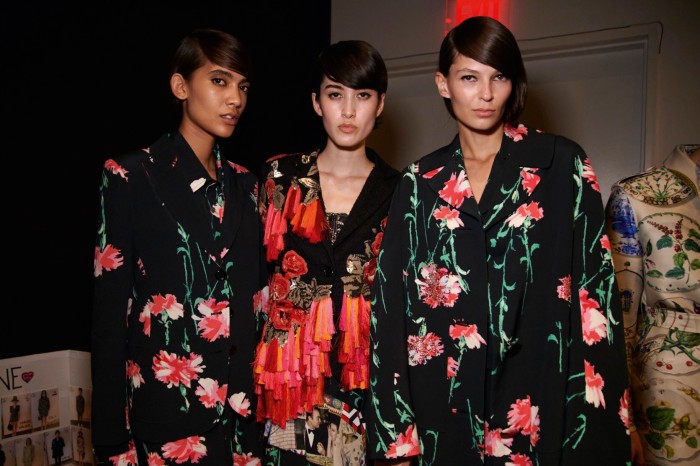
Few flowers conjure up as many associations as the carnation. Christ’s blood droplets are said to have turned into carnations as they hit the ground; the Ottomans used them as decorative details on Iznik pottery and intricately woven damasks in the 15th and 16th centuries. In the US, National Carnation Day is celebrated next week in memory of president William McKinley, who always wore a red one for luck; on the day he was assassinated in 1901, he was believed to have taken it off to give to a little girl.
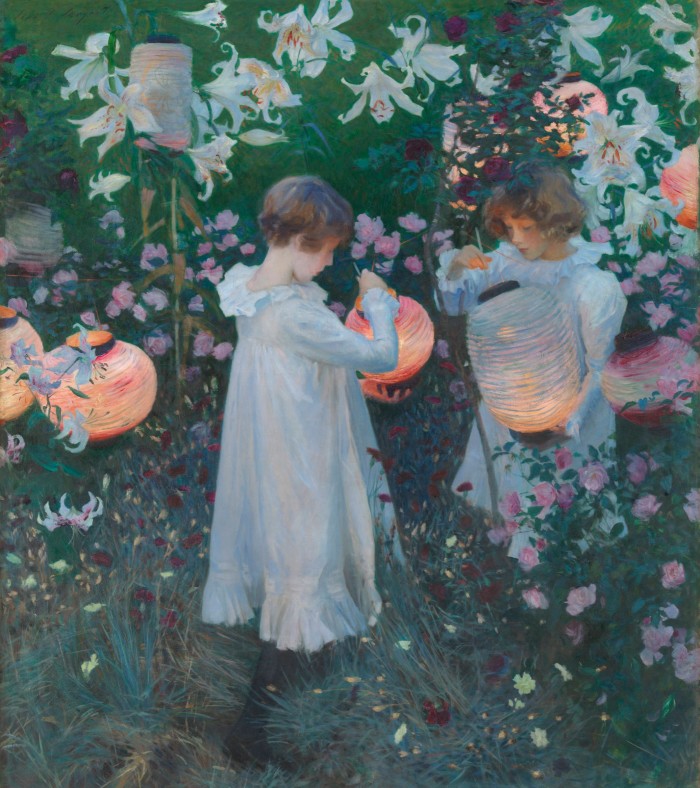
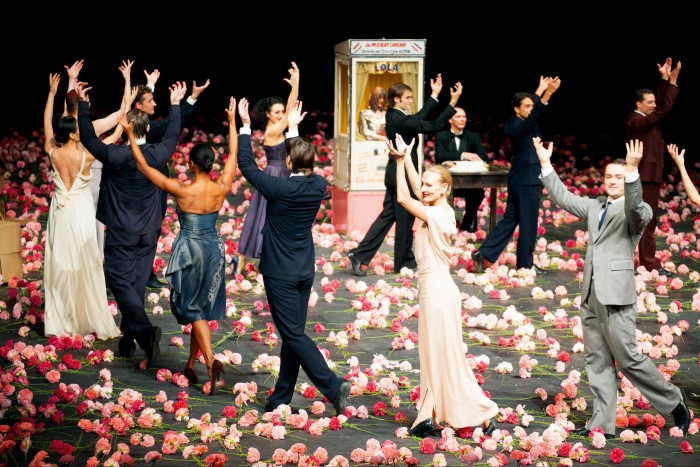
Yet the flower, and its smaller relative the pink (broadly, all pinks are carnations but not all carnations are pinks), has a fluctuating reputation, often being dismissed as a supermarket flower or a bit dull. In series six of Sex and the City, Charlotte lambasts a date for bringing her a bunch – they’re “a filler flower”, she says – which leads Carrie to say they’re due a comeback: 20 years later she has been vindicated; her bachelorette flat in And Just Like That... features a blue carnation-motif wallpaper (designed by Sarah Jessica Parker, no less). Bottega Veneta’s latest ad campaign, featuring the rapper A$AP Rocky, sees him walking down the street carrying a large bag of an orange varietal. Next month, John Singer Sargent’s classic Carnation, Lily, Lily, Rose will be a star of Tate Britain’s upcoming show Sargent and Fashion, while at Sadler’s Wells, Pina Bausch’s beloved 1982 dance piece Nelken (Carnations) will see the stage dressed in 8,000 fabric copies.
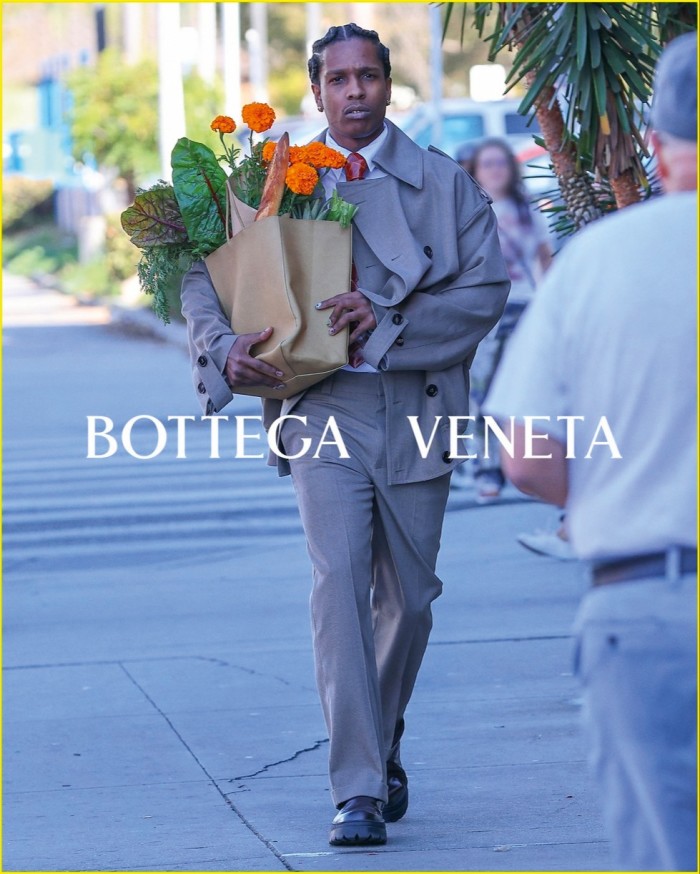
“The title came after the set,” says Peter Pabst, Bausch’s longstanding set designer. Much of the action sees the dancers crawl and roll amid the pink undergrowth. “At the time carnations were very out of fashion. It was a boring flower – though a beautiful one.” There was no brief from Bausch, he says, “but we were talking at the time about Holland in springtime, fields of flowers – where it looks as if God has become a painter.”
Sargent’s painting, made in 1885-86, is part of a long tradition taking in Leonardo Da Vinci, Van Gogh and Patrick Proctor. (David Hockney wore a green one to Celia Birtwell and Ossie Clark’s wedding in 1969.) “Sargent was very interested in the Pre-Raphaelites at this time, and made a point of seeing paintings by Dante Gabriel Rossetti, who was fascinated by the language of flowers,” says the exhibition’s curator, James Finch. “Rossetti’s 1868 portrait of Jane Morris [The Blue Silk Dress] includes carnations, which had been a symbol of love, fidelity and good luck since the Middle Ages.”
“They were grown by the Elizabethans, and Shakespeare mentions them in The Winter’s Tale,” says Jim Marshall, national chairman of Plant Heritage, who has shown gold-medal-winning varieties at Hampton Court. He produces seven versions of the blousy “Malmaison” style, which came to Britain in the late 1850s (available to order via jimmalmaisons@gmail.com). “With their opulent flowers and incredibly spicy scent, they became the ‘cult’ flower for the Edwardian summer season.”

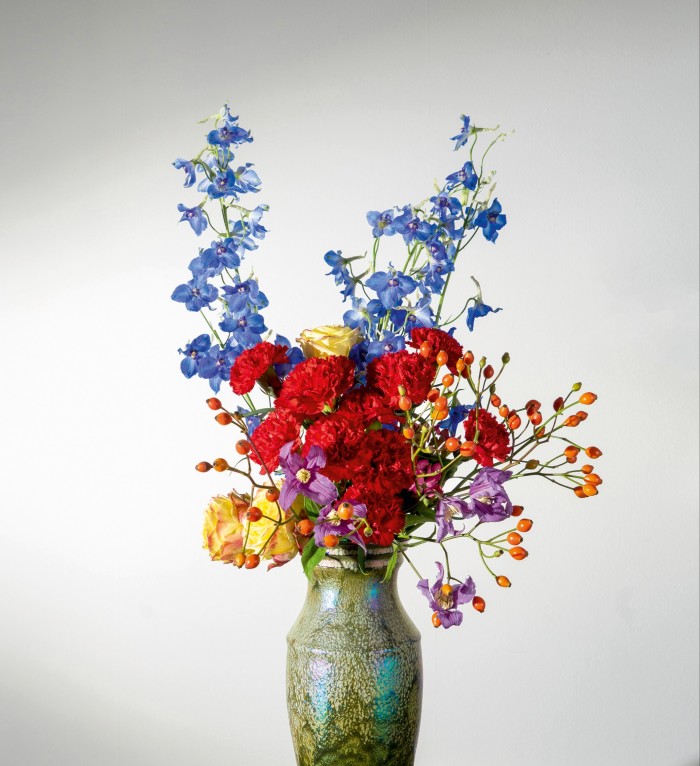
The carnation is frequently given airtime at Balenciaga, with red ones having been touted in couture shows, or handed out at store openings. It’s a nod to Cristóbal Balenciaga, who was of Spanish descent – the red carnation is the national flower of Spain, as well as Monaco and Slovenia – and who referenced the flower in his own collections in the ’50s and ’60s. For florist Mark Colle, meanwhile, whose clients include Prada and Dior, “the carnation has been a staple at Baltimore, my shop [in Antwerp], for 17 years”. For Raf Simons’ debut couture show at Christian Dior in 2012, Colle created a spectacular wall of 17,000 carnation stems.
“I am attracted to all things midcentury and there is no better flower to illustrate the ’50s,” says Colle, who agrees that the carnation has been overlooked because it can appear “cheap and tacky… it has adorned the cheesiest of greeting cards”. Yet “it comes in a spectacular variety of colours, and is particularly strong and long-lasting”.
Another florist, Rachael Barker, whose clients include Jo Malone and Vogue, recalls that her grandmother had carnations in her wedding bouquet in the mid ’50s. “I love their pom-pom-like frilliness,” she says. “They got a bad reputation as a funeral flower in the ’90s, but with new varieties appearing in chic palettes they are definitely back.” She cites “Lege Marrone” as her favourite – “it’s a delicate nude-beige colour” – but there are also “Damascus” and “Mariposa” which both have “fringed petals that look almost as if ink has bled onto the centre”. Finally, she highlights John Lennon and Yoko Ono’s bed-in protests of the late ’60s as a winning cultural carnation moment. Images of Lennon in his pyjamas, holding a single stem, still positively fizz with joy.
Comments